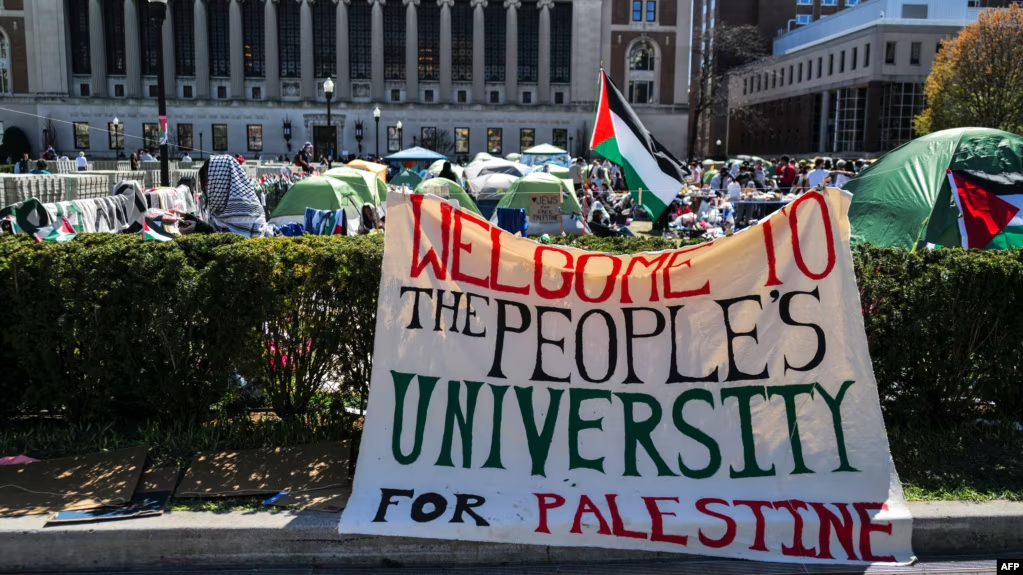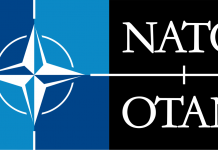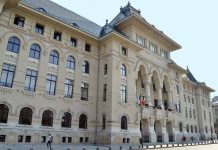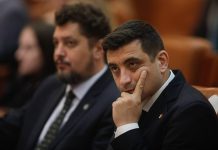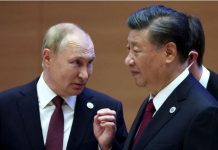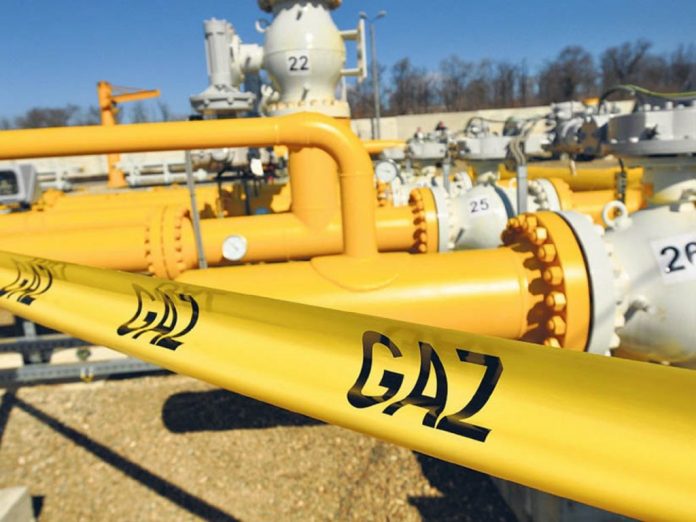The Ukraine war has changed dramatically the European energy landscape, forcing countries to find alternatives to Russian natural gas, after its price had skyrocketed in the aftermath of the war and supply became unreliable.
The European Union has agreed to reduce gas demand by 15% from August 2022 to March 2023. A warmer winter helped Europeans hit the target. Prices went down to low demand, hindering Russia’s plans to use energy as a bargain chip for lifting sanctions, writes eToro analyst for Romania, Bogdan Maioreanu.
According to the Bruegel think tank, Romania achieved a decrease in consumption of 14% in 2022. The largest decreases were in the industrial consumption and household (18%) while natural gas consumption for power generation increased by 5%. Our figures are comparable to those of Germany, Poland, Bulgaria and Czechia.
The largest savings were done by Finland (-48%), followed by Sweden (-30%) and Lithuania (-29%). For March, the decrease in natural gas consumption in Romania was even higher at – 22%, with a decrease in gas usage for power generation of 27%, while industry and households gas consumption dropped 21%.
Bruegel estimated that in 2022 EU natural gas demand (which does not include storage filling) was 12% lower than the average from the period 2019 to 2021. The downward trend continued in the new year. In January 2023, there was a 28% reduction in gas demand for power generation in the EU.
This is a positive sign for Europe’s energy balances, as previously little gas was saved in the power sector due to lower output than usual from other fuels. In February, falling prices saw demand returning with EU demand lower by only 11% than the 2019-21 average.
Europe’s drive to lower its dependency on Russian gas was helped by an unusually warm autumn and winter. It recorded its warmest October on record, and its third warmest autumn in 2022 at 1°C above normal. Temperatures were particularly high over the west of the continent.
Last December much of Europe had above-average air temperatures, including the Balkans and eastern Europe, where New Year’s Day experienced record warmth.
Some European countries took advantage of the lower consumption to boost their natural gas reserves. Germany is sitting at around 67% of the storage capacity, Italy at 65%, Netherlands at 62%. Romania is estimated to have around 47% of capacity, higher than usual for this time of the year. The price of natural gas futures also decreased from maximums of over 300 euros for MW in August last year to 36 euros now. Most likely due to decrease in demand, the prices of gas will remain lower but they are still almost double compared with 2021.
While highly dependent on weather and politics, the energy sector remains attractive for investors, with 31% of the Romanian individual investors having assets from the sector in their portfolios and 36% planning to invest in this sector in the next period, according to the most recent eToro Retail Investor Beat survey.



